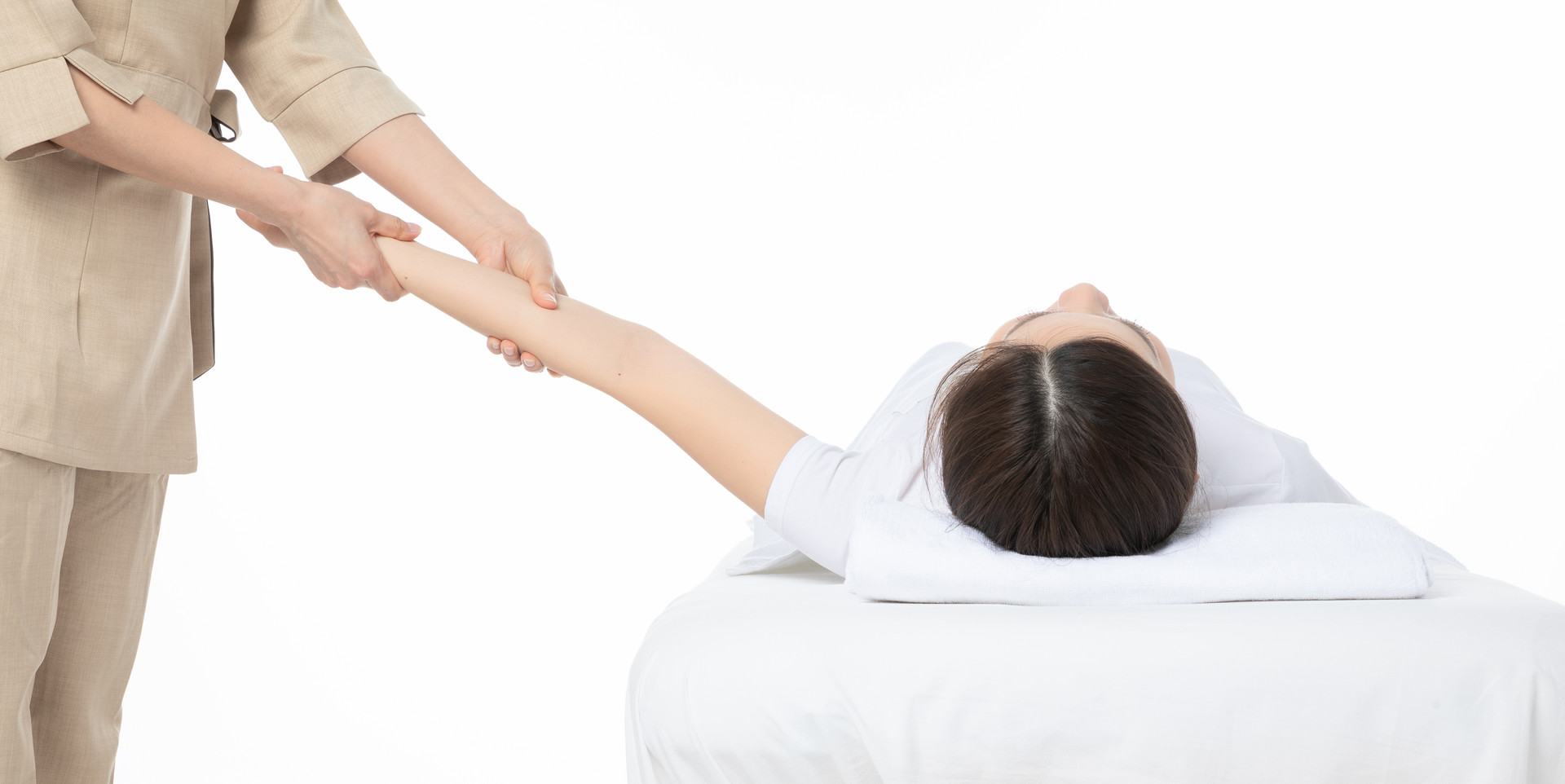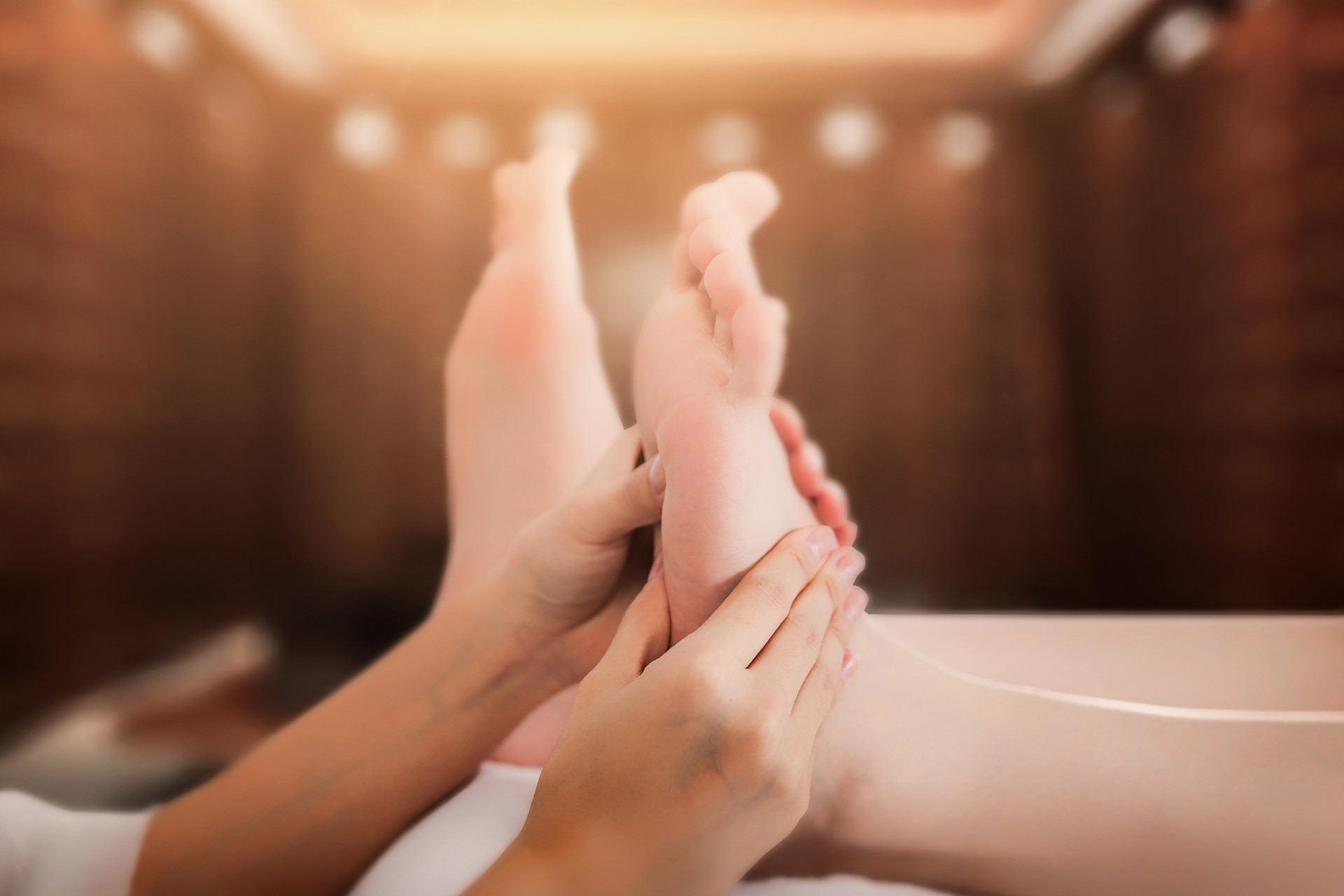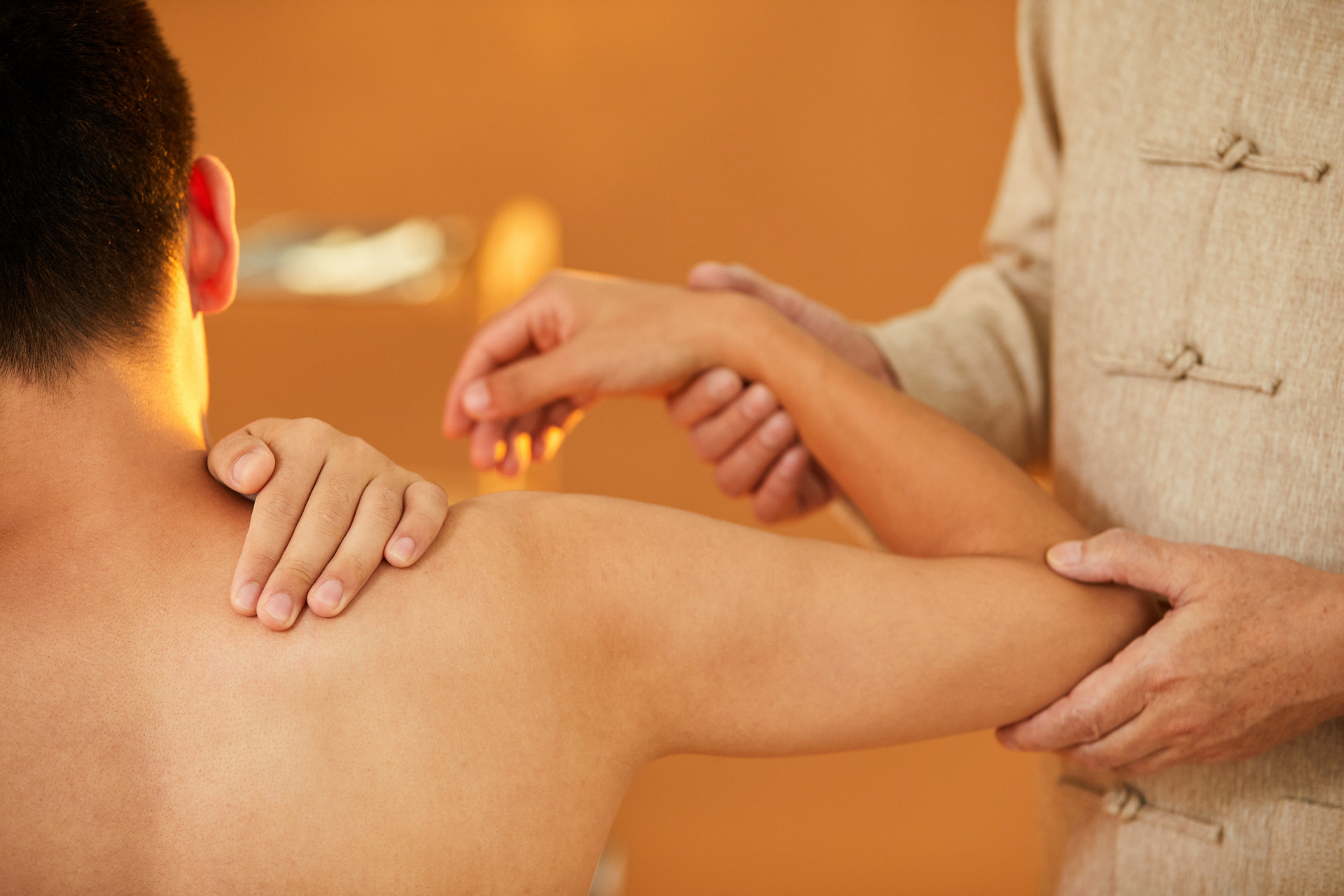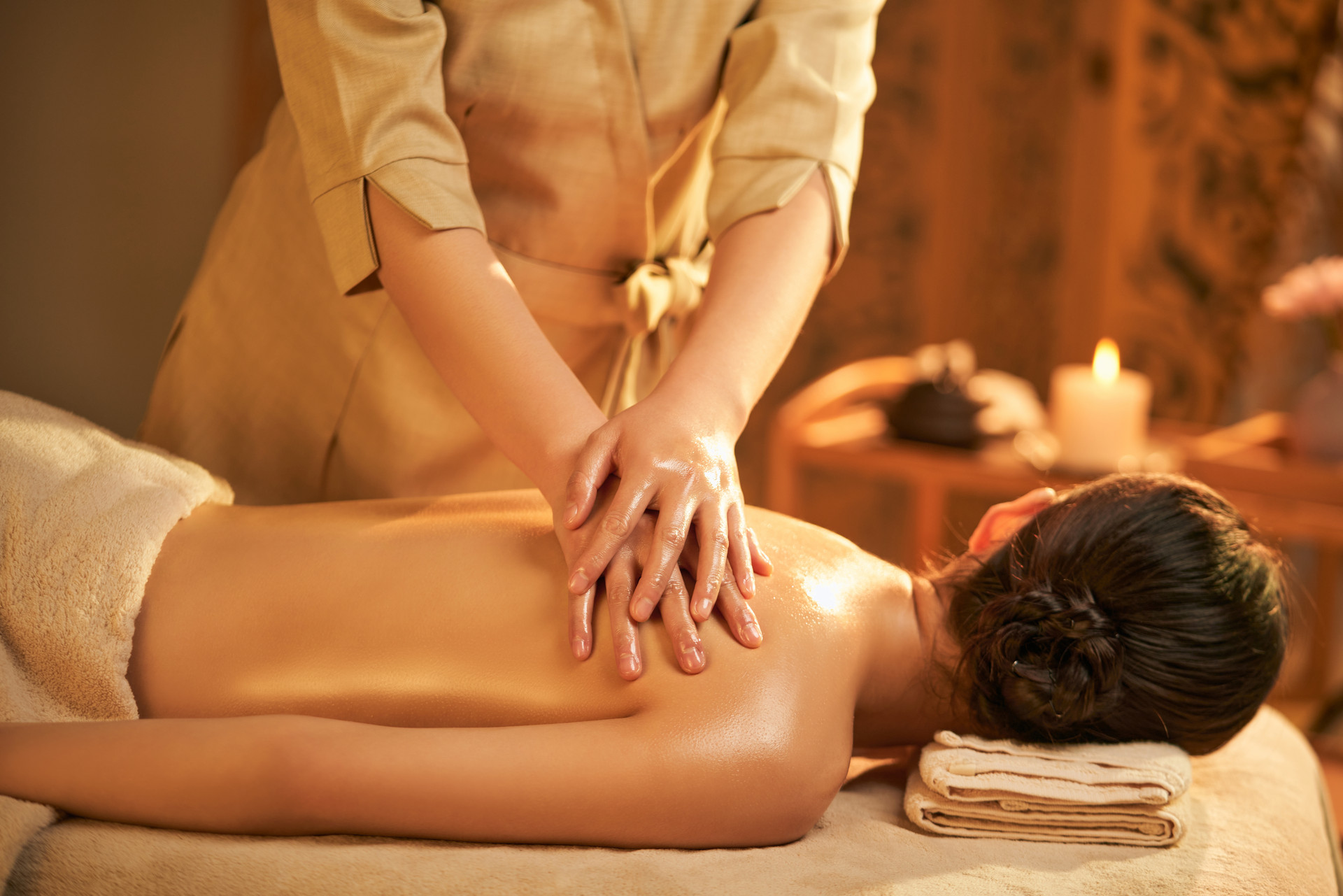Childhood enuresis refers to a condition where children over the age of 3 urinate in their sleep and only realize it upon waking up. It is commonly known as "bedwetting". In infants and toddlers under the age of 3, bedwetting is not considered abnormal as their brains and intellect are not fully developed, and they have not yet established regular urination habits. Some children over the age of 3 may occasionally experience bedwetting without it being considered abnormal. However, if left untreated, this condition can have a long-term impact on the physical and mental health, as well as the normal growth and development of the child, so early treatment is necessary.
Causes and Pathogenesis

Clinical Manifestations
1. Deficiency-cold in the lower burner type
Bedwetting during sleep, occurring 1 to several times per night, clear and long urination. Bedwetting worsens when fatigued during the day or in cold weather. Pale complexion, lack of energy, dizziness, cold limbs, thin and loose stools, pale or slightly white tongue coating, and deep and slow pulse.
2. Spleen-lung Qi deficiency type
Often occurs after illness. Bedwetting during sleep, frequent urination with small volume. Pale complexion, fatigue, shortness of breath, spontaneous sweating, poor appetite, loose stools, prone to recurrent colds, coughing, and wheezing. Pale and thin tongue coating, and deep and thin pulse.
3. Liver meridian damp-heat type
Bedwetting during sleep, urine has a foul smell, yellow with small volume. Irritability, red eyes, flushed face, red lips, thirst with preference for drinking, dry or sticky and uncomfortable stools. Red tongue, thin yellow coating, and wiry and rapid pulse.
Treatment
1. Treatment principles: Regulate the organs, strengthen the kidneys, and contract the Quan (spring) points.
2. Acupuncture prescriptions: Tonify the spleen meridian, lung meridian, and kidney meridian. Perform internal Bagua manipulation, massage the Baihui (DU20) point, massage the navel, massage the Guanyuan (CV4) point, push the Shangqi (LU2) point, massage the Sanyinjiao (SP6) point, and massage the Baihui (DU20) point.
3. Methodology: Tonify the kidney meridian, massage the Guanyuan (CV4) point, massage the navel, push the Shangqi (LU2) point - warm and tonify kidney Qi, stabilize and secure the lower burner. Tonify the lung meridian, tonify the spleen meridian - strengthen and nourish the spleen and lungs, regulate and harmonize the water pathways. Massage the Sanyinjiao (SP6) point - promote and regulate the lower jiao, unblock and regulate the water pathways. Massage the Baihui (DU20) point, perform Baihui (DU20) manipulation - clear the mind and awaken the spirit, assist children in controlling urination during sleep, and massage the Baihui (DU20) point can also warm and lift Yang. Perform internal Bagua manipulation - regulate the Qi mechanism, open the three burners, and can also perform the functions of other acupuncture techniques.
4. Modifications
(a) Deficiency-cold in the lower burner type: Add push the three gates, massage the Waigong (SJ5) point to warm and disperse cold, and contract the Quan (spring) points.
(b) Spleen-lung Qi deficiency type: Add massage the Feishu (BL13) point, massage the Zusanli (ST36) point, and pinch the spine to invigorate the spleen and nourish the lungs, and unblock the water pathways.
(c) Liver meridian damp-heat type: Add smooth the liver meridian, clear the heart meridian, clear the Tianhe (PC2) point, clear the Dachang (KI20) point, and modify the spleen meridian to regulate the liver and resolve depression, and eliminate dampness and heat.
Daily care
1. Dinner should be light, and avoid consuming liquid foods. Drink less water after dinner.
2. Avoid excessive fatigue after 4 PM, and avoid various stimuli (excessive excitement or fear, etc.).
3. Sleeping on the side is preferable at night, and parents should wake the child up at regular intervals to urinate.







